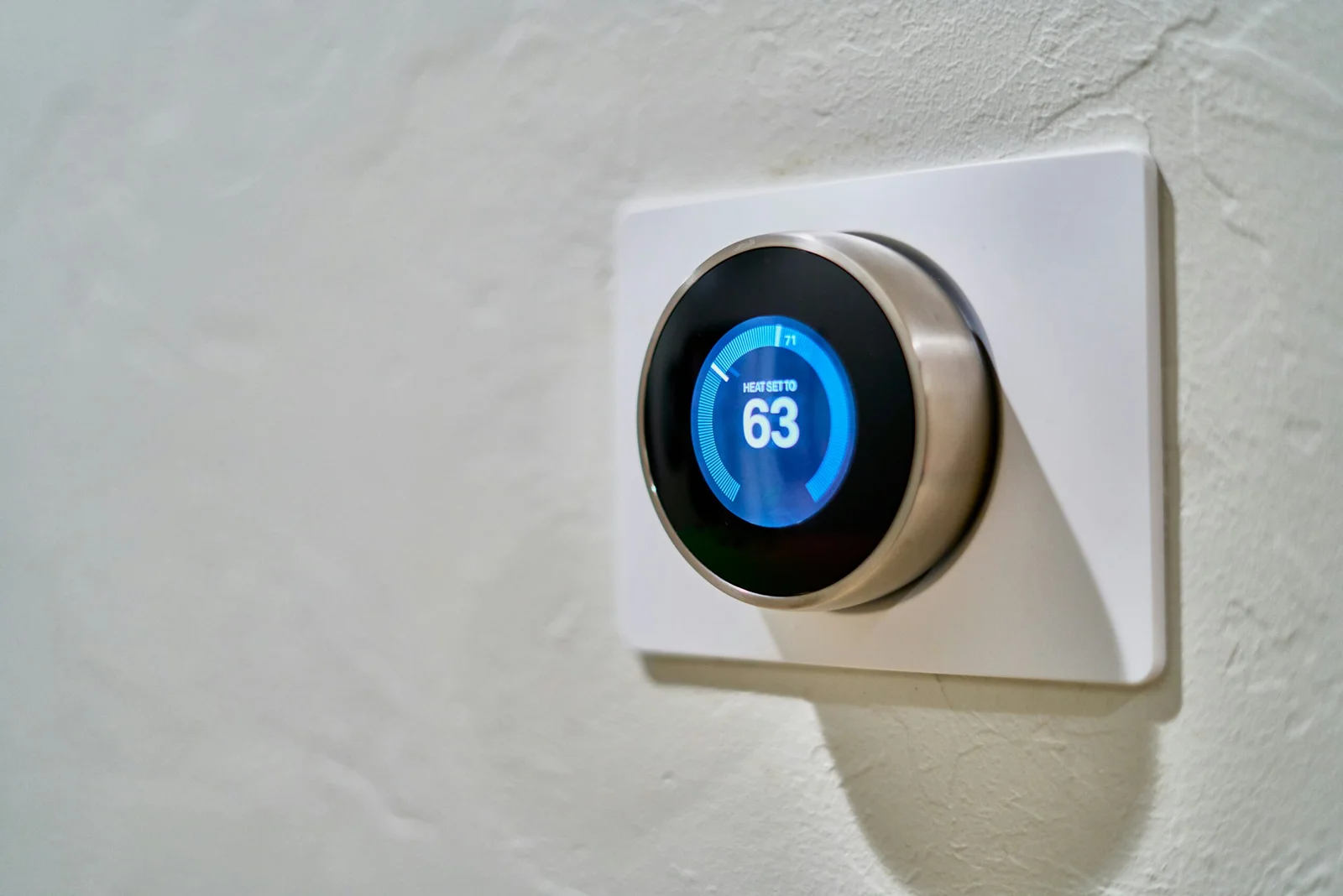Understanding Smart Home Automation
Smart home automation refers to the technology that allows various home devices and systems to connect, communicate, and operate efficiently, often remotely through a mobile application or a centralized control hub. The primary aim of smart home automation is to enhance convenience, energy efficiency, security, and overall quality of life for homeowners. This interconnected ecosystem includes smart appliances, lighting, heating systems, security cameras, and household sensors that can work together to create a cohesive and automated living space.
One of the compelling features of smart home automation is its ability to offer personalized user experiences. Users can program their devices to adapt to their lifestyle habits, facilitating a seamless routine. For instance, smart thermostats can learn from the homeowner’s patterns and adjust temperatures accordingly, while smart lights can be scheduled to turn on or off based on the time of day. This level of customization not only provides comfort but also helps in reducing energy bills through optimized usage.
The backbone of smart home automation consists of several key components that interlink these devices. Smart hubs serve as the central command center, allowing seamless communication between various devices through protocols such as Wi-Fi, Zigbee, or Z-Wave. Sensors play a crucial role by gathering information about environmental conditions, which informs the actions of other devices. Additionally, mobile applications enhance user interaction, providing real-time notifications and control options from virtually anywhere. The increasing consumer interest around smart homes is further evidenced by the rapid growth of the industry, as more individuals seek to invest in automation solutions that offer both efficiency and advanced security features.
As smart home technology continues to evolve, the importance of educational content becomes paramount in helping consumers understand how these systems can improve their lives. By disseminating knowledge about smart home automation, businesses can effectively promote their services and assist potential customers in making informed decisions about their home technology investments.
The Importance of Educational Content Marketing
In the rapidly evolving landscape of smart home automation services, educational content marketing has become an indispensable tool for businesses looking to carve out a niche in this competitive market. This form of content not only provides potential customers with the information they seek but also positions the brand as an authority in the industry. By offering valuable insights into the benefits and functionalities of smart technologies, companies can effectively build trust and credibility with their audience.
The creation and dissemination of educational content take various forms, including blog posts, videos, infographics, and webinars. Each of these formats serves to simplify complex concepts surrounding smart home automation, making them more accessible to consumers who may not be technologically savvy. For instance, instructional videos demonstrating how to set up smart devices can demystify the installation process, encouraging users to embrace these innovations. Similarly, well-crafted blog posts can explore industry trends, common misconceptions, and practical tips, further engaging the customer base.
Case studies have shown that successful brands leveraging educational content marketing witness not only higher customer engagement rates but also increased conversions. For example, a popular smart home system manufacturer released a series of infographics that highlighted energy savings users could achieve. This initiative not only educated potential customers but also illustrated the tangible benefits of their products, ultimately driving sales. By focusing on educational content, businesses can foster a knowledgeable consumer base that is more inclined to invest in smart technologies.
As the competition in the smart home sector intensifies, the importance of educational content marketing will only grow. Brands committed to delivering meaningful and informative content stand to benefit in terms of establishing authority, enhancing customer trust, and driving engagement—all essential elements for long-term success in the smart home automation industry.
Strategies for Creating Effective Educational Content
Creating educational content that resonates with an audience interested in smart home automation services requires a comprehensive understanding of the target demographic. Start by gathering insights into the audience’s preferences, demographics, and existing knowledge about smart home technology. Techniques such as surveys, social media polls, and market research can provide a clearer picture of the audience’s characteristics, ensuring that the content developed effectively meets their needs.
Identifying common pain points and questions is crucial in shaping educational content. Many individuals may be intimidated by the thought of adopting smart home technologies due to concerns regarding complexity, compatibility, or costs involved. Addressing these concerns upfront and providing straightforward answers can significantly build trust and encourage engagement. Including FAQs sections is a practical approach to anticipate and respond to potential queries surrounding smart home automation, thus tailoring the content more effectively to the audience’s needs.
Incorporating storytelling techniques can also enhance content engagement. By weaving narratives around real-life scenarios and how smart home automation has benefited some users, writers can create relatable and compelling content. These stories resonate on a personal level, illustrating the value of these technologies in everyday life. Moreover, the use of visuals such as infographics, videos, or diagrams can complement the textual content, making it more digestible and appealing to a broader audience. Data-driven insights can reinforce the educational material, providing empirical evidence of the advantages of smart home solutions.
Lastly, effective content distribution channels play a vital role in maximizing reach. By leveraging platforms such as social media, blogs, email newsletters, and webinars, content can be shared widely, reaching potential customers where they are most active. Collaborating with influencers or partnering with relevant tech publications can further amplify your educational message, effectively promoting smart home automation services to the intended demographic.
Measuring Success and Adapting Content Strategies
In the realm of smart home automation services, understanding the effectiveness of educational content is paramount for strategic growth. To gauge this effectiveness, businesses should utilize key performance indicators (KPIs) such as engagement rates, website traffic, conversion rates, and customer feedback. These metrics provide a comprehensive understanding of how well the content resonates with the target audience, which is essential for refining future content strategies.
Engagement rates, including metrics like average time spent on a page and social media shares, serve as indicators of how compelling the educational content is to readers. Analyzing these rates can help determine whether the messaging successfully captivates the audience’s interest. Similarly, tracking website traffic will reflect the reach of the content. A significant increase in visits can indicate that the educational material is garnering the attention of potential customers, thereby enhancing brand visibility within the smart home automation market.
Conversion rates are another critical KPI, as they measure the percentage of visitors who take a desired action, such as signing up for a newsletter or purchasing a service. This metric helps assess not only the effectiveness of the educational content but also its role in guiding potential customers through the marketing funnel. Customer feedback is equally important, providing qualitative insights into how the content is perceived and its overall impact on user experience.
To effectively monitor these metrics, utilizing analytics tools is crucial. Platforms such as Google Analytics can provide valuable data on visitor behavior, allowing for informed decisions regarding content modifications. Based on the gathered performance data, it is essential to iterate on content strategies. This approach ensures continuous improvement, aligning educational content with the evolving interests of consumers and the fast-paced advancements in the smart home automation industry. By regularly assessing and adapting strategies, businesses can maintain relevance and optimize their educational campaigns for greater impact.







